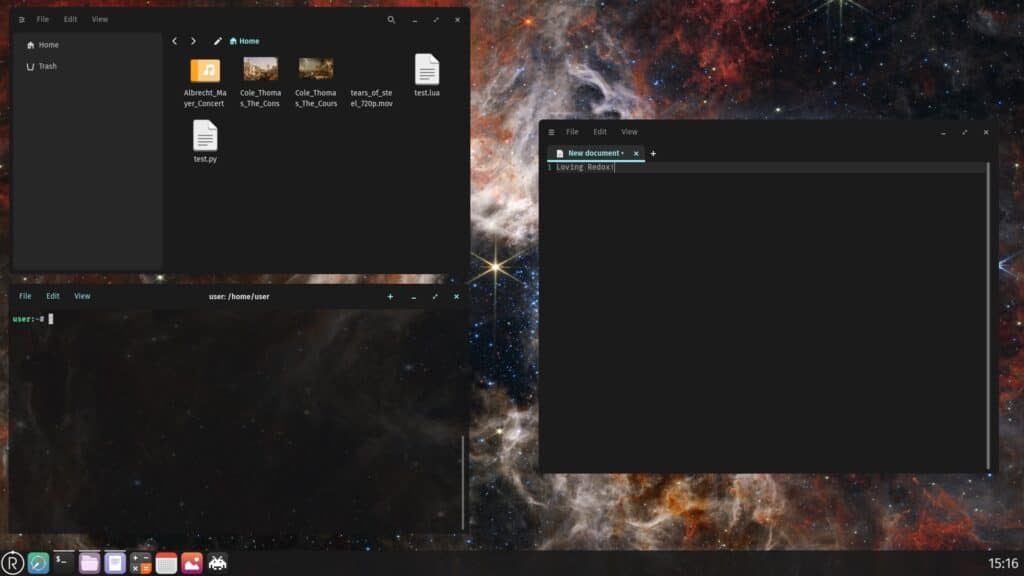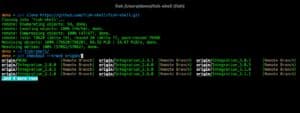The operating system landscape welcomes Redox, a microkernel-based system designed with Rust, aiming to be a complete alternative to Linux and BSD. Since its creation in 2015, Redox has focused on security, stability, and modularity, combining the efficiency of microkernels with the safety and robustness of the Rust programming language. Although it is still in its alpha/beta phase, Redox promises an innovative future for general-purpose operating systems.
What is Redox?
Redox is a Unix-like operating system designed with a microkernel architecture. This means that core system components are isolated, significantly improving stability and security, as bugs in applications or drivers do not affect the kernel. Additionally, its implementation in Rust—a language renowned for preventing memory errors and ensuring thread safety—makes it a safer and more reliable alternative to systems written in C or C++.
Its design draws inspiration from systems like Plan 9, Minix, and seL4 but incorporates unique innovations. Redox is not only a functional operating system but also includes features like partial POSIX compatibility, the ability to run Linux and BSD programs with minimal recompilation, and a custom library written in Rust called relibc.
Benefits of the Microkernel Design
Redox’s microkernel approach offers several key advantages:
- True modularity: System components can be modified or replaced without requiring a system reboot, minimizing downtime, especially for servers.
- Error isolation: Bugs in system components do not impact the kernel, ensuring greater overall stability.
- Restart-free updates: Mature microkernels evolve minimally over time, allowing system updates without major interruptions.
- Easier development and debugging: Running most components in user space simplifies the testing and debugging processes.
How Rust Makes a Difference
Rust’s role in Redox’s implementation adds an extra layer of security and efficiency:
- Fewer bugs: Rust’s compiler prevents common issues like memory leaks and race conditions.
- Enhanced security: Isolating kernel components reduces the attack surface, protecting against vulnerabilities often seen in software written in C/C++.
- Safer drivers: Rust-written drivers are more reliable and less prone to crashes.
Redox also features its own ZFS-inspired filesystem called RedoxFS, offering advanced capabilities like data integrity, snapshots, and high resistance to data loss.
Key Features
- Orbital GUI (optional): Redox includes Orbital, a simple yet functional graphical environment suitable for desktop tasks.
- Compatibility with Unix/Linux programs: Redox can run applications such as GCC, OpenSSL, and Git with straightforward recompilation.
- Multi-architecture support: Compatible with Intel, AMD, and ARM processors in both 64-bit and 32-bit versions.
- Redox Variants: Offers tailored variants for different needs, from minimal systems without networking to full environments for servers or developers.
Current Status and Future Development
Although Redox is not yet ready for daily use, development is progressing rapidly. The community continues to add new features and fix bugs to prepare for the 1.0 release, which will arrive once all system APIs are stable. Users are encouraged to test the system, report bugs, and contribute to its ongoing development.
A Look to the Future
Redox aims not only to be an alternative to Linux or BSD but to redefine how we interact with operating systems. Its focus on security, modularity, and stability positions it as a serious contender in the OS ecosystem. While still a work in progress, Redox has already shown itself to be an innovative promise in the world of modern operating systems.
More information Redox OS.











